Three years ago, crea-ture Studios Inc. released Session: Skate Sim on Steam. The game was still in its early stages, but the game I played was a realistic representation of the sport — despite falling short of the competition. I wrote up my initial impressions back in 2019, and then I wrote about the Xbox version in 2020. Flash forward to the present, and the game is still technically in “early access” but with a massive 5.6 GB update that included new physics, new skaters, and some of the most iconic skate spots in the world, it seemed like the perfect time to revisit the game with a Session: Skate Sim re-review of sorts.
Session: Skate Sim Re-Review
What I Like
New Update, Who Dis?
I’m revisiting Session because a massive new update just dropped. This update fixes many of the issues folks have experienced over the years with the game, but the most significant improvement is clearly in the game’s physics. This has been completely revamped since the last time I picked up the sticks, and a large part of that is due to crea-ture’s use of “Full Body Inverse Kinematics” that makes skaters feel more lifelike.
Skaters feel more realistic now. Tricks aren’t necessarily harder to land or pull off, but the difference is there. They almost feel heavier and more lifelike. Session: Skate Sim is also unique in that it allows gamers to tweak nearly every aspect of the game. From the length of your board and wheel grip to the speed you’re going and the terrain you’re skating, these minor tweaks can leave a lasting impression.
Session‘s new update also completely revamps the game’s create-a-skater feature (more on this later). Players now have several different characters to choose from with a newly stocked wardrobe at their disposal. They also added a few familiar faces, including pro skaters Antiferg, Mark Appleyard, Billy Marks, Manny Santiago, and Beagle. These skaters join Daewon Song, Jesse Lacroix, and Dane Burman, and created characters Ribsman, Donovan Strain, Prison Dude, and Session OG.
Last but not least is the addition of two of skateboarding’s most iconic skate spots: Philadelphia’s FDR Park (work in progress) and New York’s Jerome Avenue Banks. Not only are both levels filled with endless possibilities — much like their real-life counterparts — but they’re visually appealing. Stunning, to be completely honest.
Hopefully, this is just the beginning of crea-ture’s implementation of iconic skate spots. Their representation of New York and Philadelphia is near perfect. Philadelphia, for example, had every detail you could imagine. Even the game board pieces near City Hall made their way into the game. Of course, I would like to eventually see some of the iconic west coast and international skate spots get their day in the sun. But for now, New York and Philly have gamers covered.
Skate The Way YOU Like
My favorite thing about Session is that the focus isn’t on stringing together a bunch of unrealistic tricks to reach a new level or unlock quirky achievements (not that I don’t like this). Instead, Session focuses on the art of skateboarding. And while there will be plenty of obstacles and skate spots that allow your imagination to run wild — in addition to a new career mode — it’s not required like some of its predecessors.
And for me, a former skateboarder, I love this. After all, I remember back in the day trying to turn Tony Hawk’s Pro Skater into a realistic game. My friends and I would pull off tricks closer to what we’d see in skate videos down stair sets, gaps, and ledges. Many years later, it’s the way skateboarding video games are created — and Session does it as good as any. It also doesn’t hurt that it has one of the better video editors in gaming today. Some of the videos the community can create using fisheye lenses, depth of field, and other photographic elements makes it hard to remember you’re playing a video game at times.
Session’s new “career mode” isn’t as extravagant as you might think compared to some of its predecessors. But it does give fans new meaning, and some of the tricks will be challenging to gamers. Completing these missions can impress sponsors and unlock different things for you and your character along the way. It also opens up more tasks to challenge you and your skater. Overall, it’s a nice foundation for the future of the series.
Customization Options Galore
When I hear “customization options galore,” my mind immediately goes to create-a-skater. And while Session does do a nice job of giving gamers options to choose from to change a skater’s physical appearance and clothes, it’s not as extensive as some of the games that came before. In fact, if I’m comparing it to another game I played recently, I would say that OlliOlli World does a much better job of giving gamers options to create their own unique skater.
However, it wasn’t the create-a-skater element that impressed me most. No, it was Session‘s ability to move objects to create your own skate paradise. There’s also an extensive amount of options — as I touched on earlier — that give gamers full control over the smallest of details. There’s also an extensive list of decks, trucks, and wheels to choose from, but compared to some of the bigger games it obviously falls slightly shy of that level of optionality.
Session‘s video/photo editor is as good as anything I’ve encountered in a skateboarding video game. The fisheye lens brings me back to my old days of skating and the different options gamers have at their disposal are endless. I find myself spending way too much time trying to get the perfect picture of a trick or the perfect line on film. This, in itself, adds tons of replay value to the game and will have me continuing to play long after I finish writing this re-review for Session: Skate Sim.
What I Don’t Like
Default Controls And Other Minor Tweaks
Session’s default controls can be a blessing and a curse depending on who you ask. After all, they feel the most realistic and authentic to skateboarding. They also feel the most rewarding. But at the same time, the default controls can be highly frustrating. To start, each analog stick controls one of your skater’s feet. So, for example, when you’re skating regular (right foot in the back), you would pull back on the right analog stick to create the “pop” of the skateboard. At the same time, as you pull back on the right stick, you’d use the left stick to slide your front foot to the front of the board. A flick up and to the left would create a kickflip, up and to the right a heelflip, and so on.
Steering your skater using the left and right triggers adds a different element as well, but it remains one of the hardest things for me to overcome, and yet it’s such a simple concept. All this, coupled with controls that force players to use both the left and right analog stick in cohesion, and you can see where the frustration can come into play. However, the good news for those who don’t want to venture out and learn a new control scheme is that Session allows skaters to alter the controls. They even added a “legacy” setting that puts it as close to Skate’s controls as possible.
There’s a noticeable frame-rate issue — as you might expect — when you alter the settings in the game. But, of course, I’m playing on PC, so maybe this is an isolated issue. There have also been interactions with rails and walls that can feel “broken” at times, but today’s game is much better than the one I played several years ago.
Still No PlayStation Version
I’m not sure I should admit my bias towards the PlayStation console, but I’ve always gravitated towards them. In other words, it pains me that crea-ture has yet to make the jump to Sony’s console. The good news for those of you like me waiting for Session to drop on PlayStation 4 or 5 is that the developers have confirmed a PlayStation game, but gamers will have to wait for it to leave “early access” before it gets there. When that will be is anyone’s guess, but I look forward to playing Session on the video game console I’ve always preferred to play my skateboarding games on.
Bottom Line
It has been quite some time since I picked up Session, but I find myself with the same takeaway now as I did back then. Crea-ture Studio’s skateboard simulation is a beautiful representation of the sport of skateboarding. It does all the little things right and continues to make changes to better its product. It may still be in “early development,” but what I’ve played today compared to back then is a complete 180. Not that it was ever terrible, but you can see a much more refined game today. It’s almost like Session: Skate Sim used to be an amateur skateboarder with plenty to prove and lessons to learn. Now, Session is paving the way for skateboarding games, and I could not be more excited about the future.



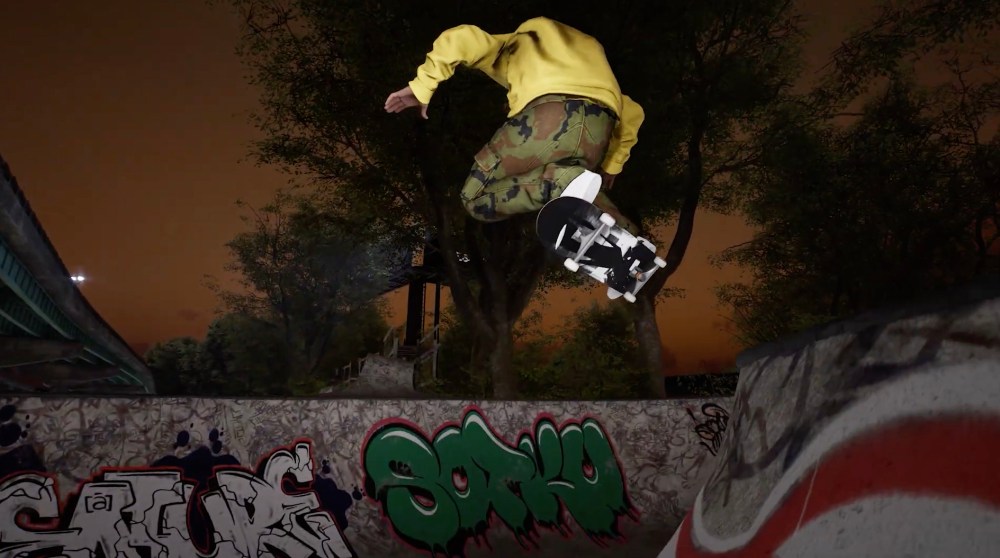
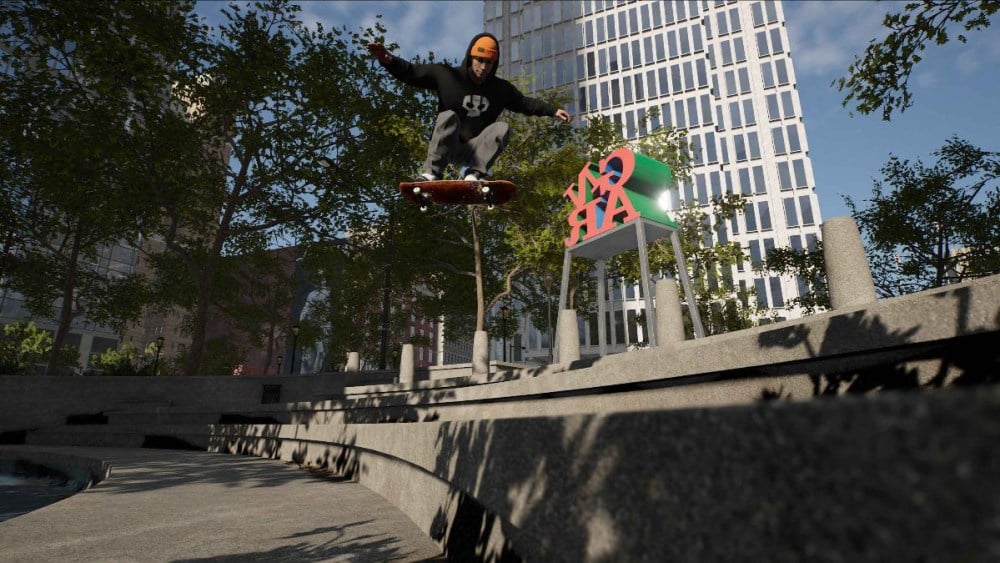
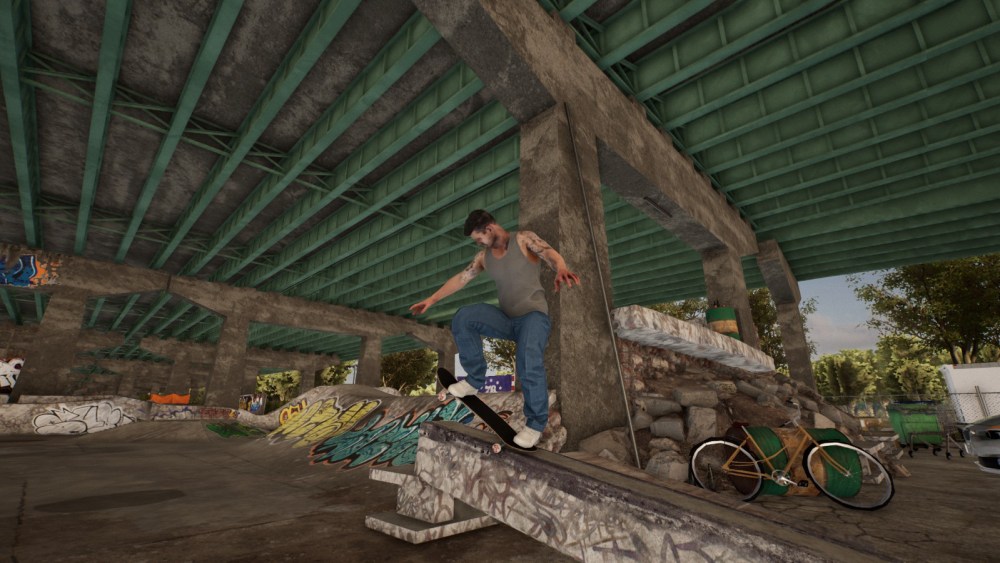
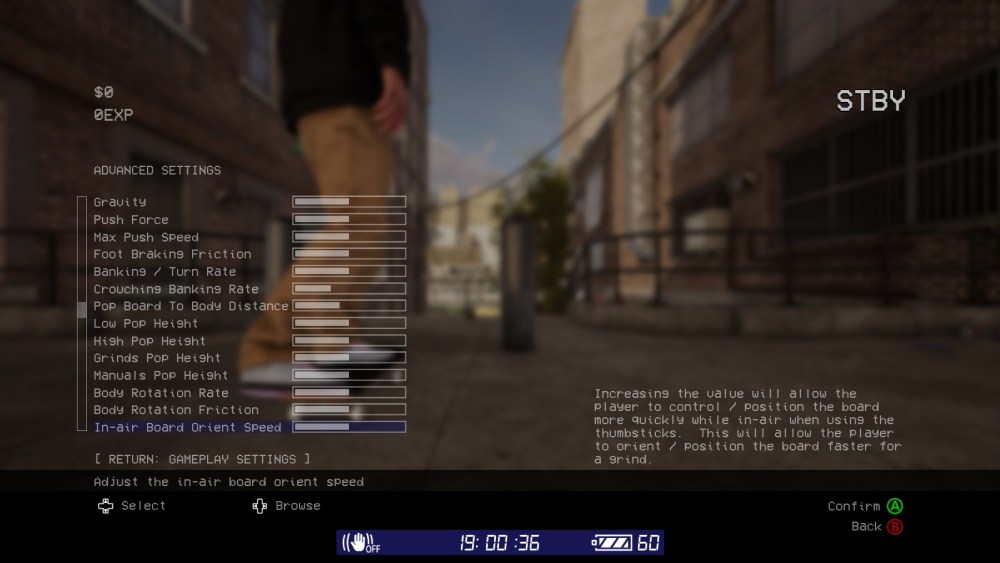
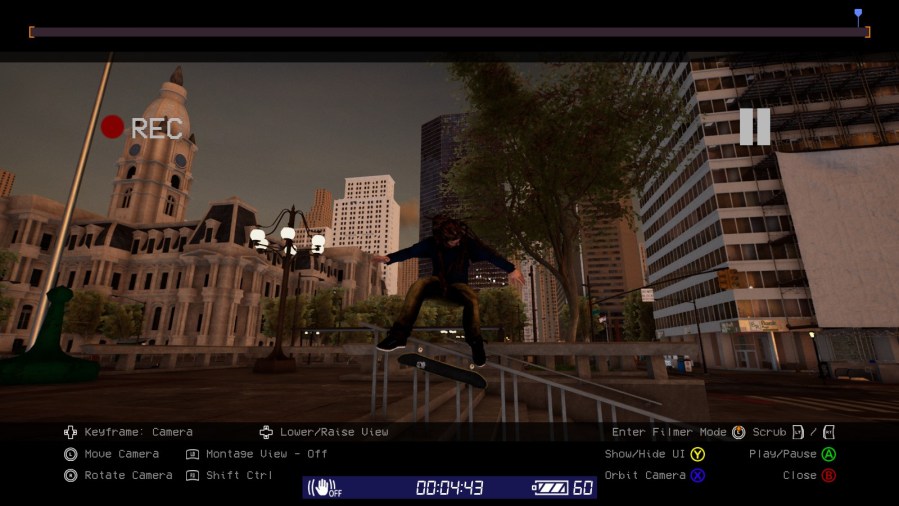
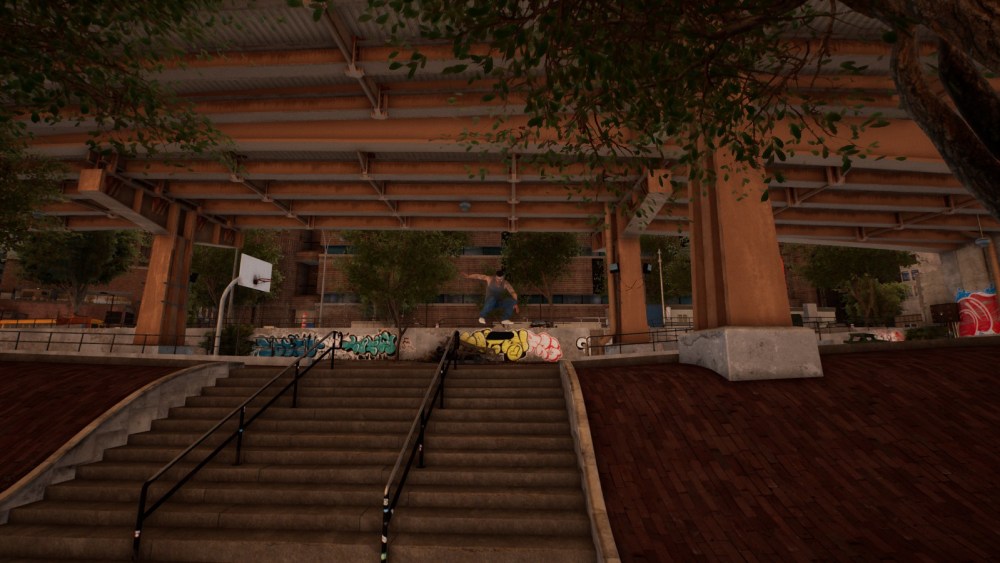





Published: Apr 14, 2022 12:05 pm